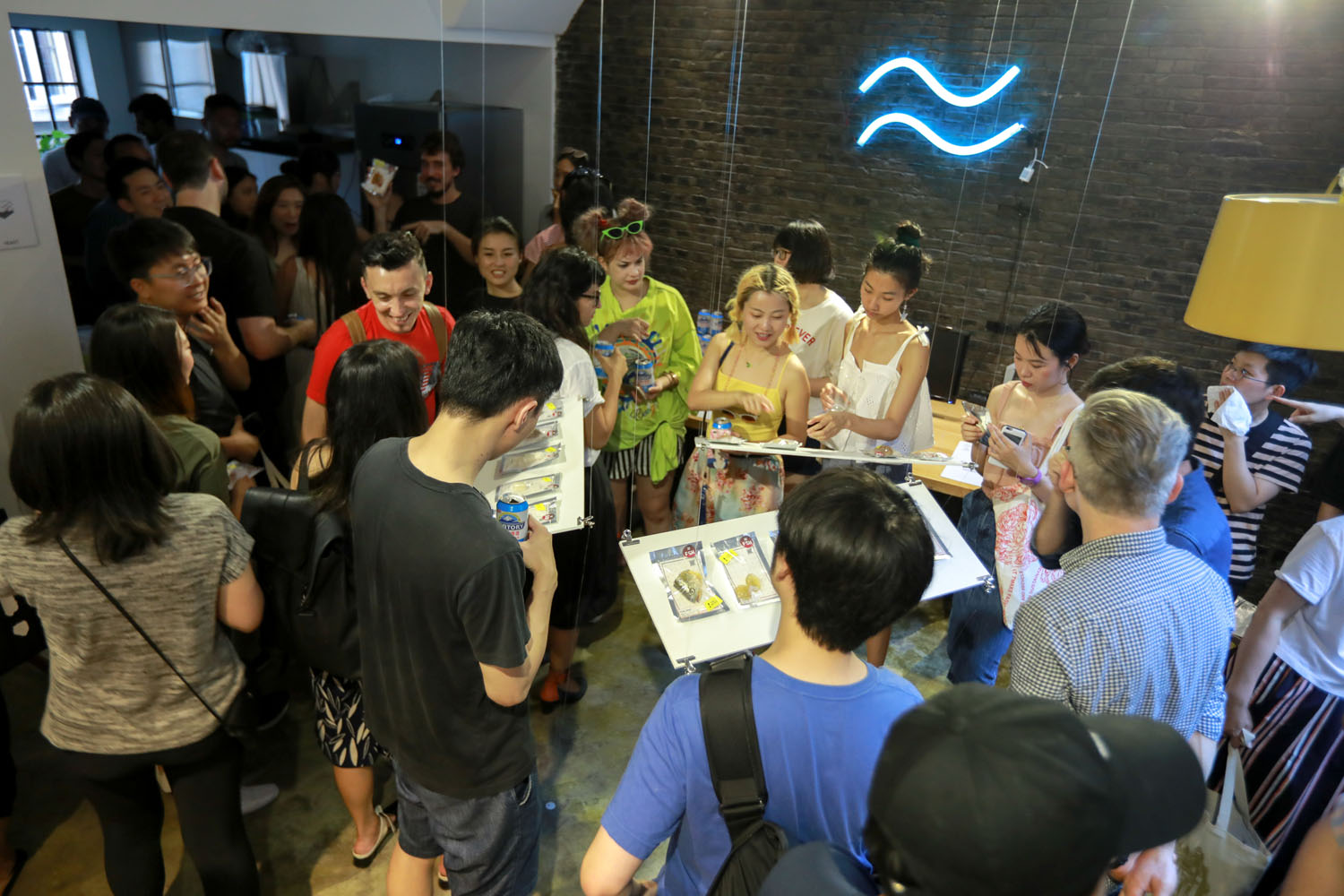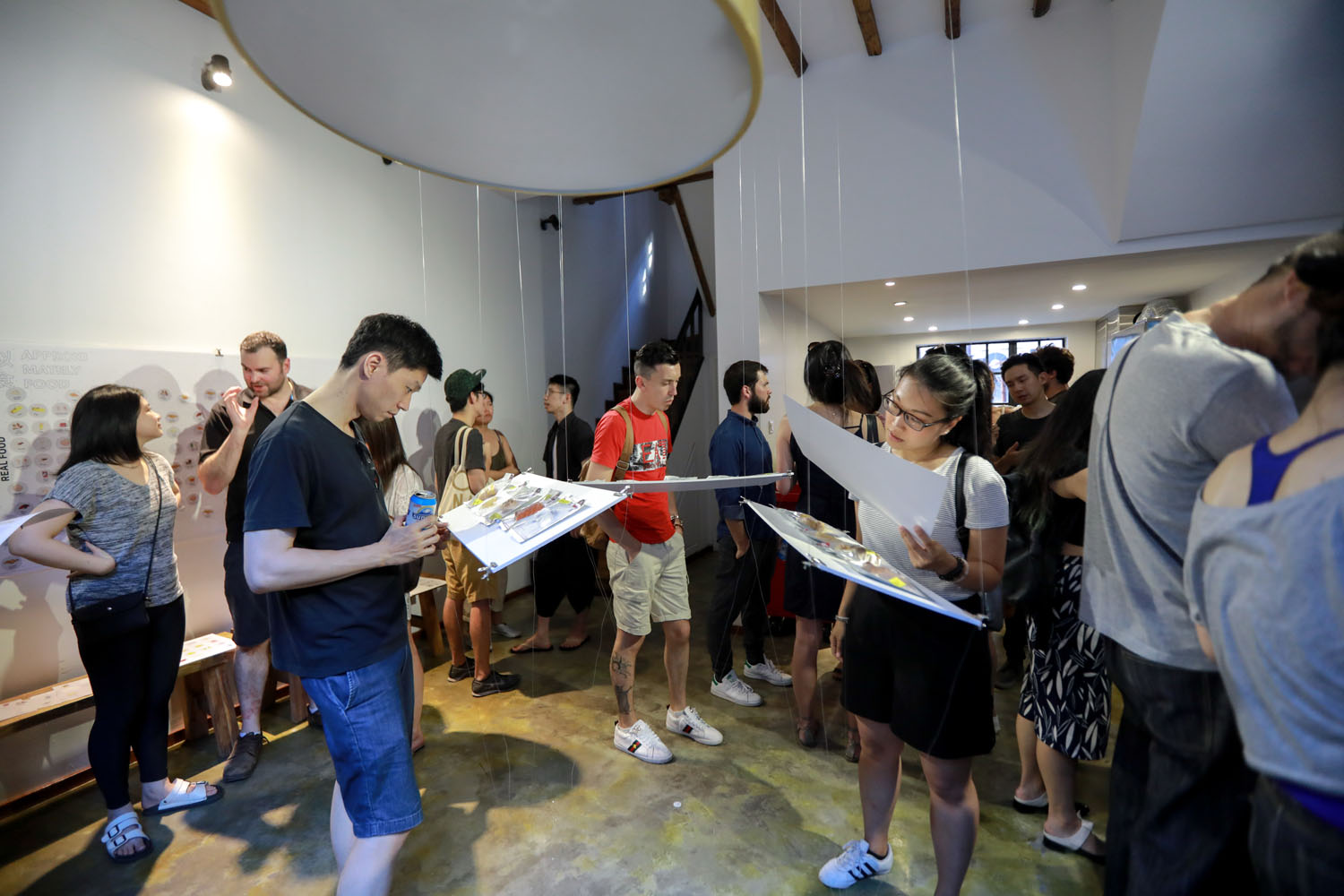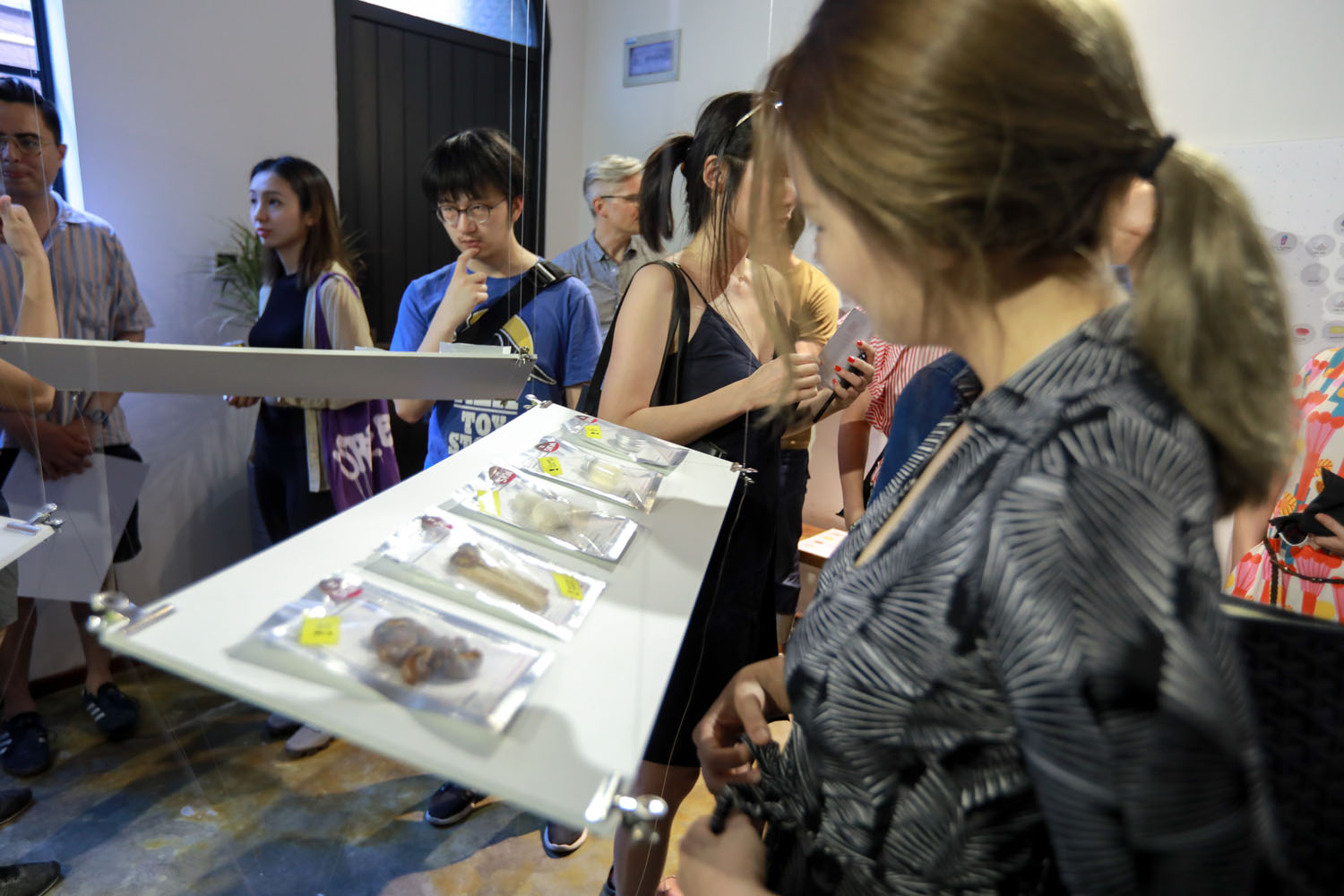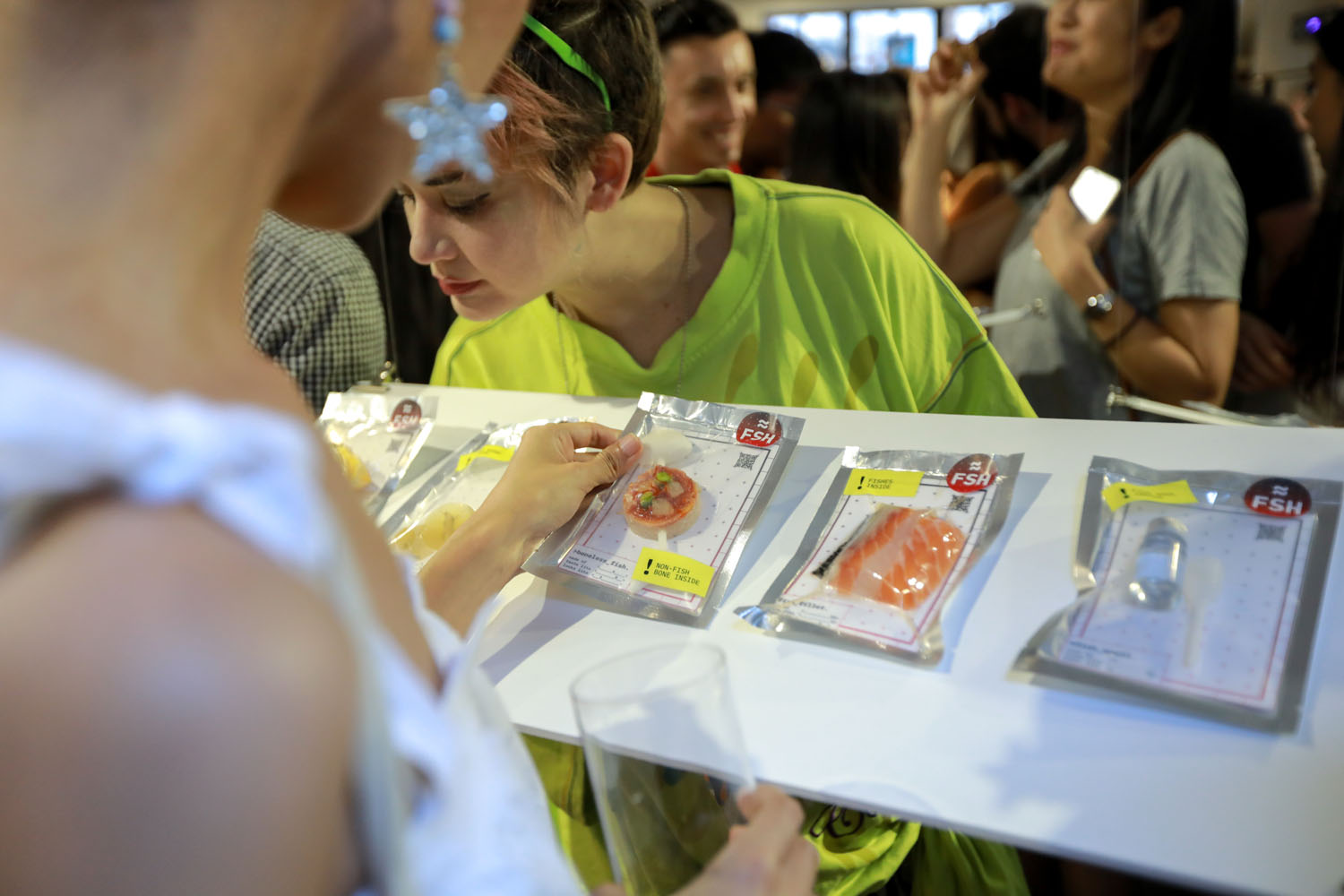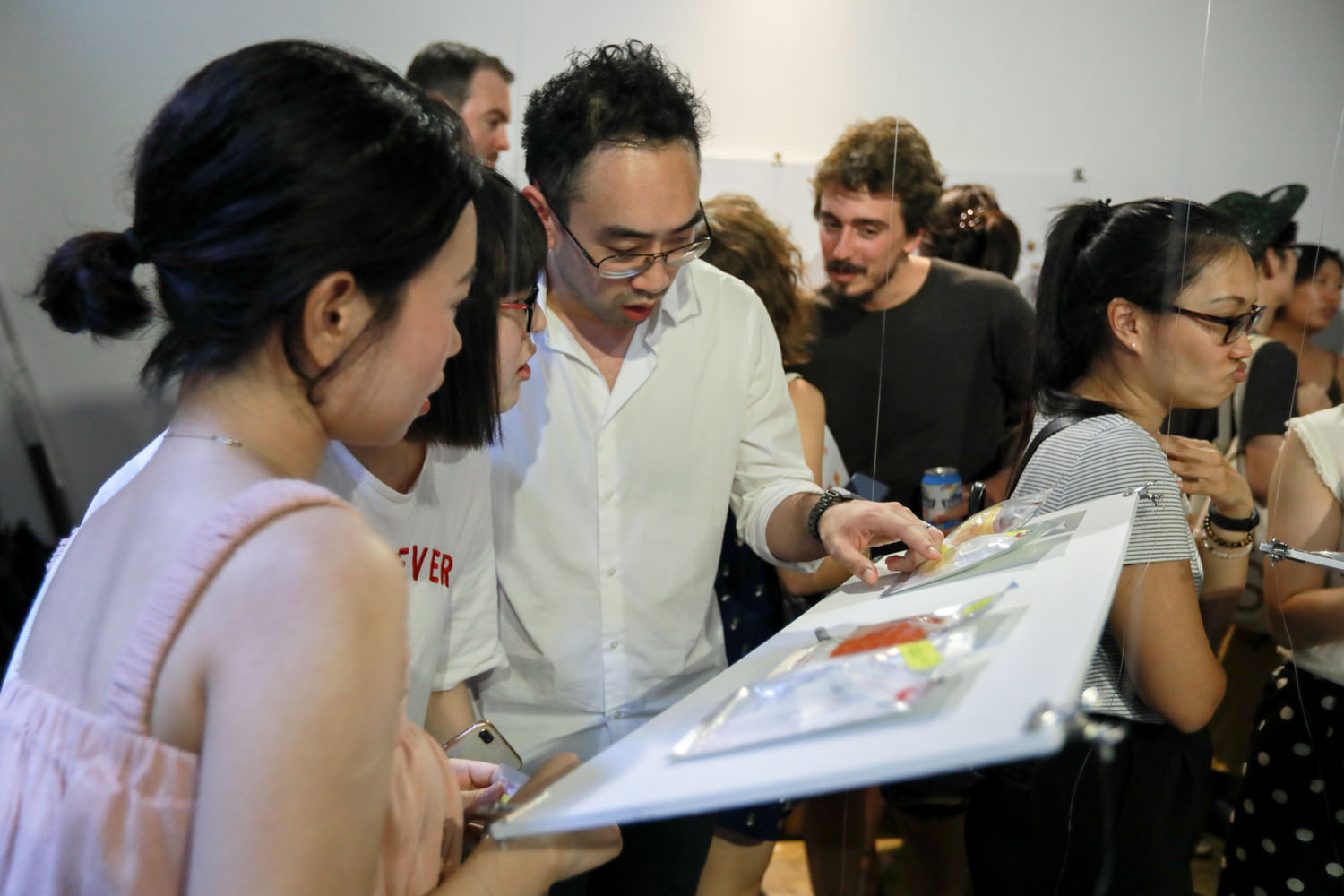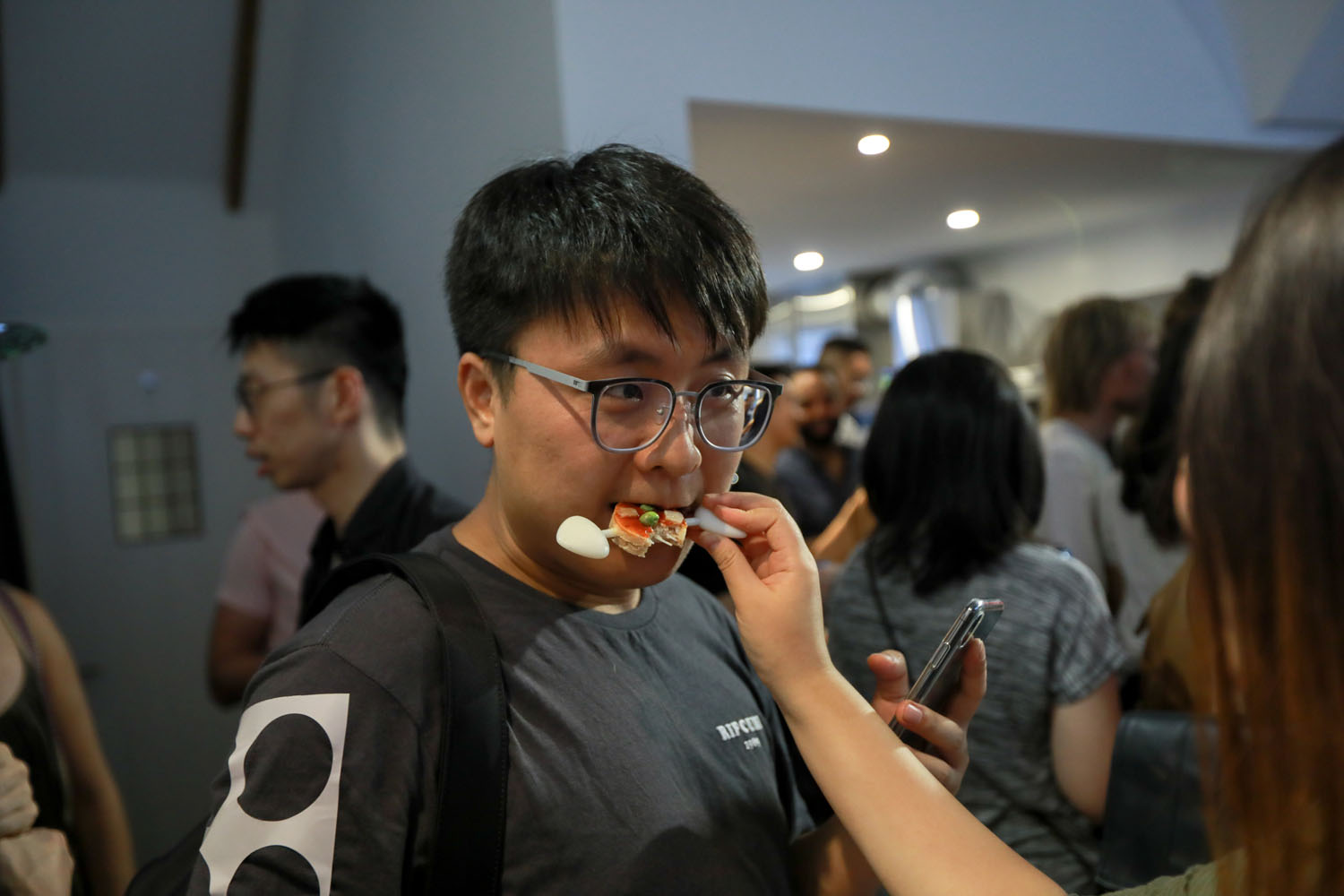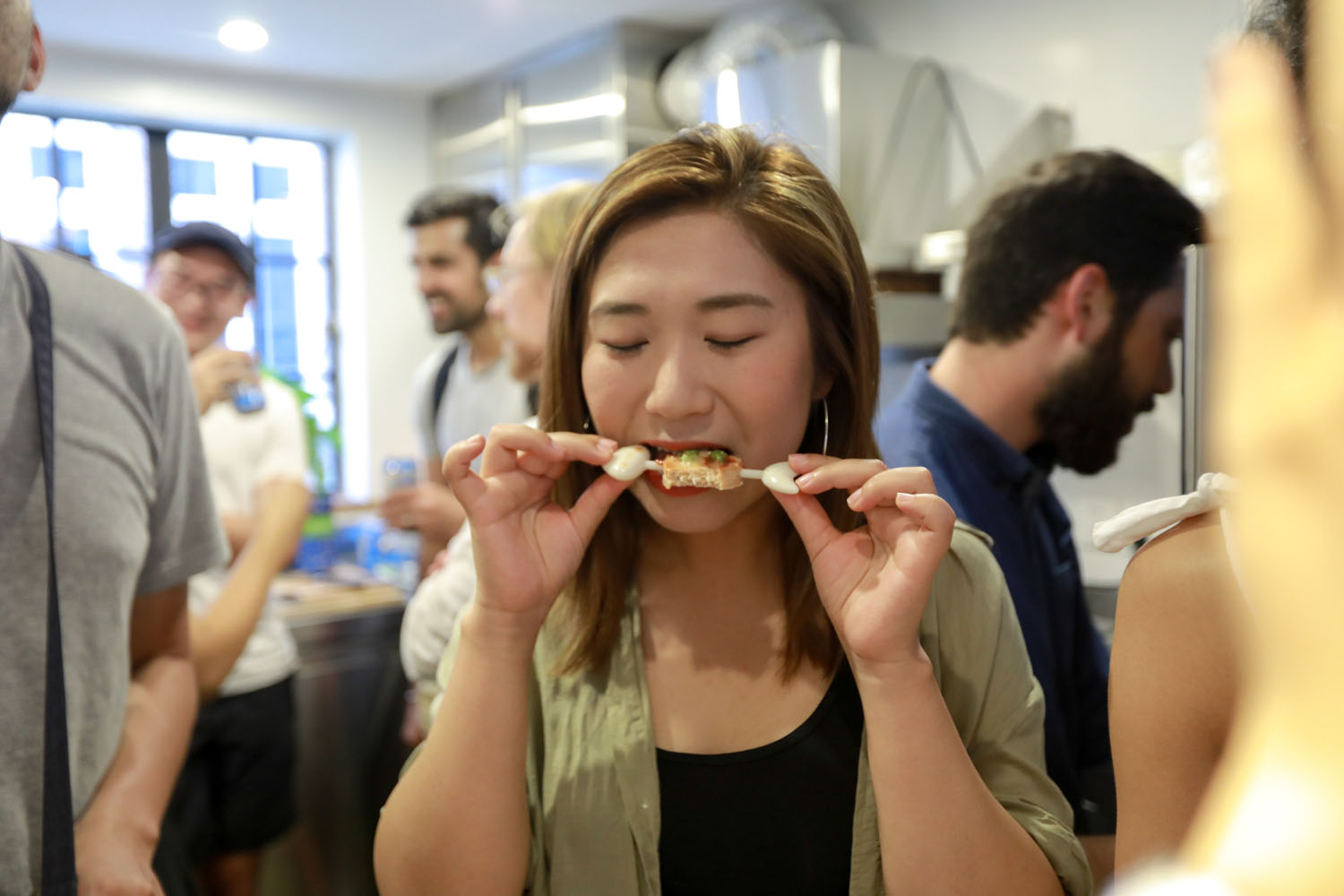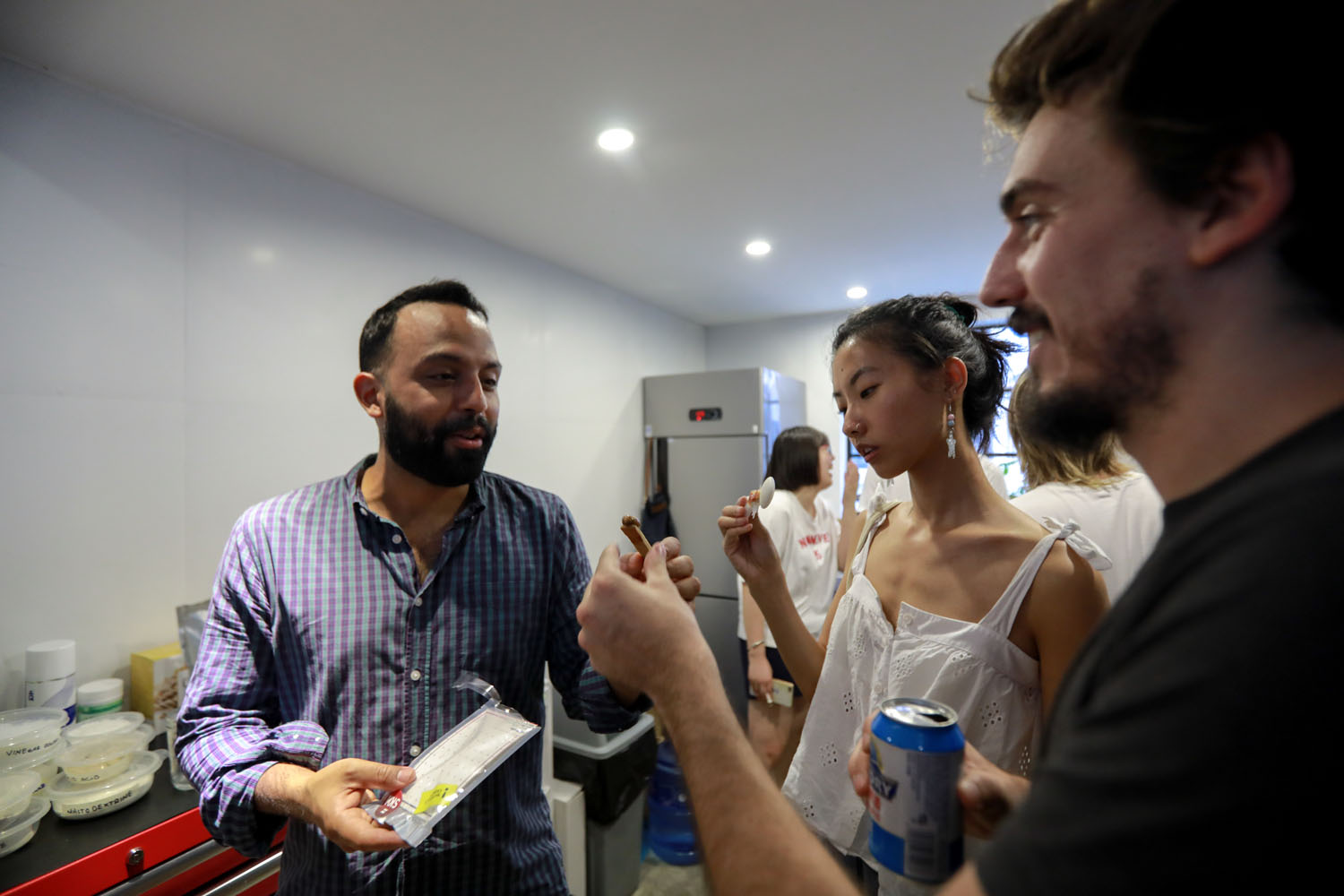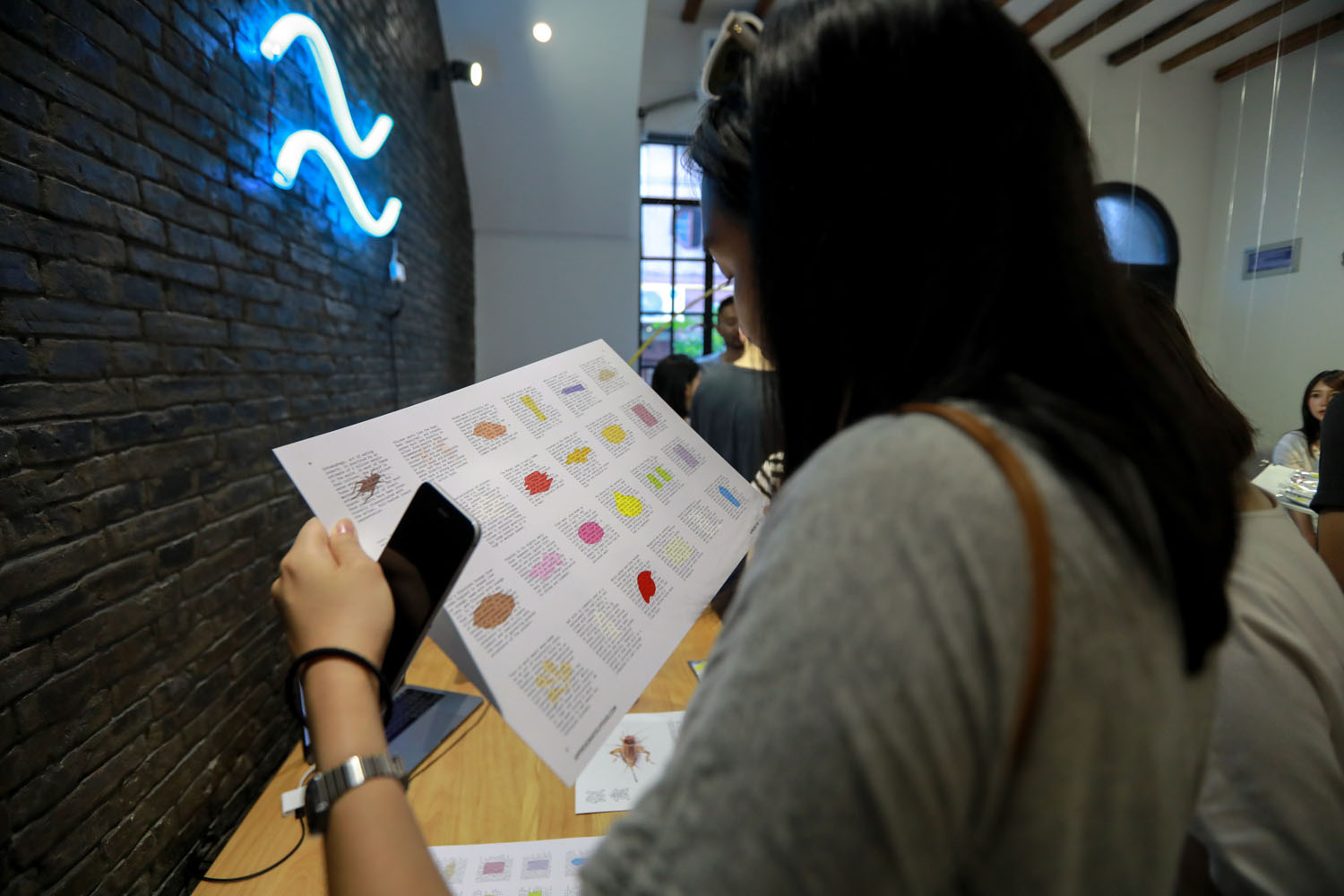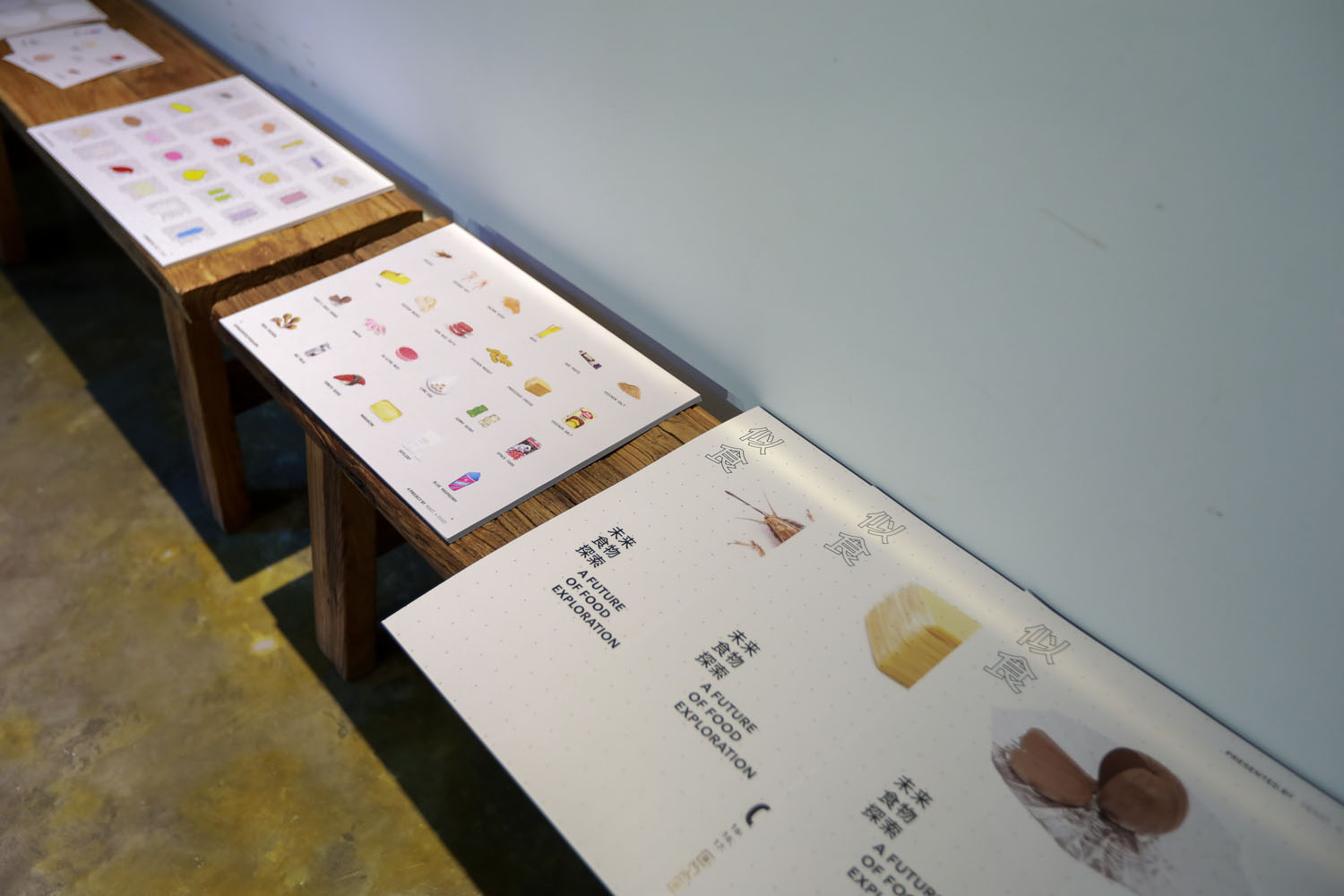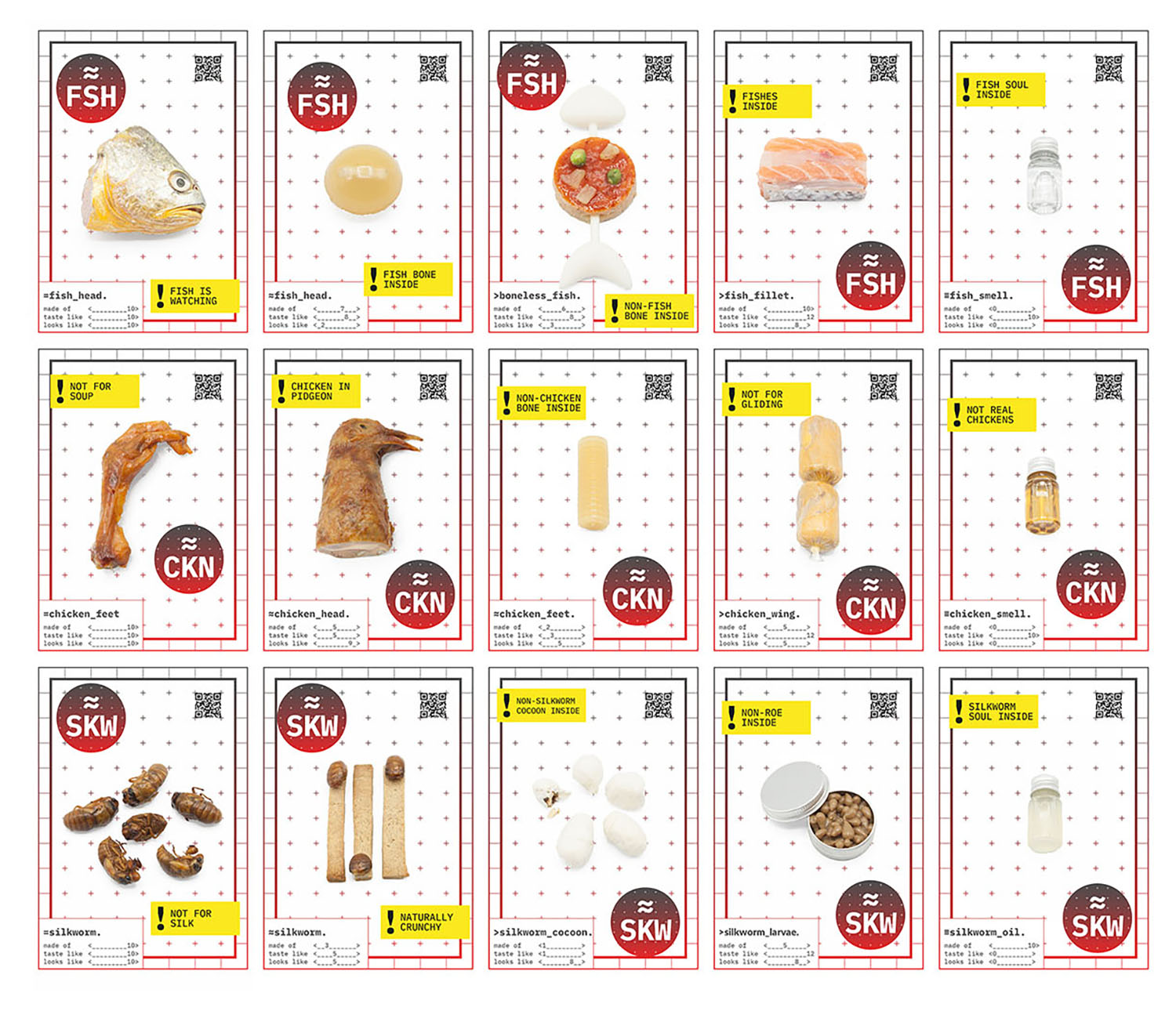

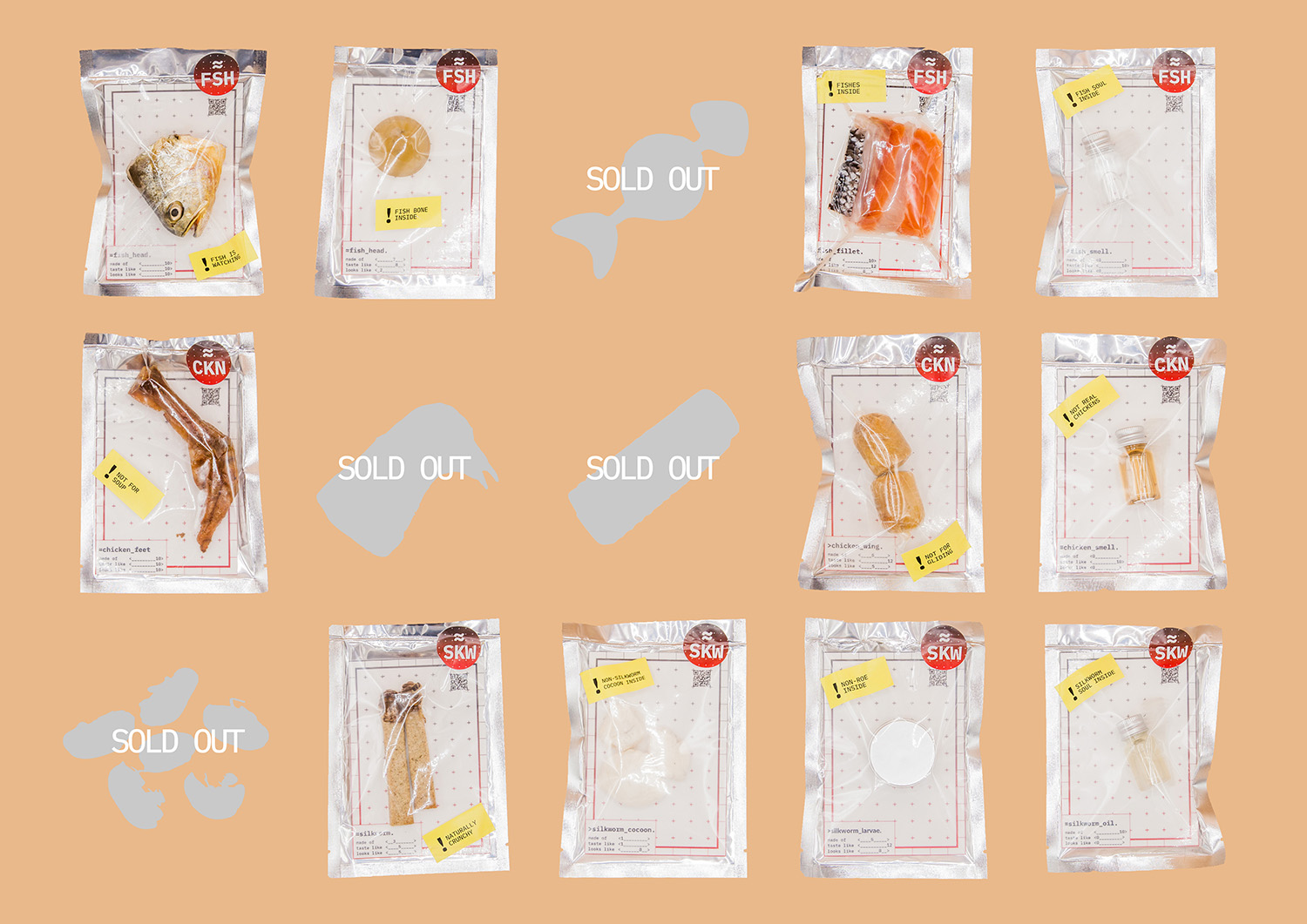
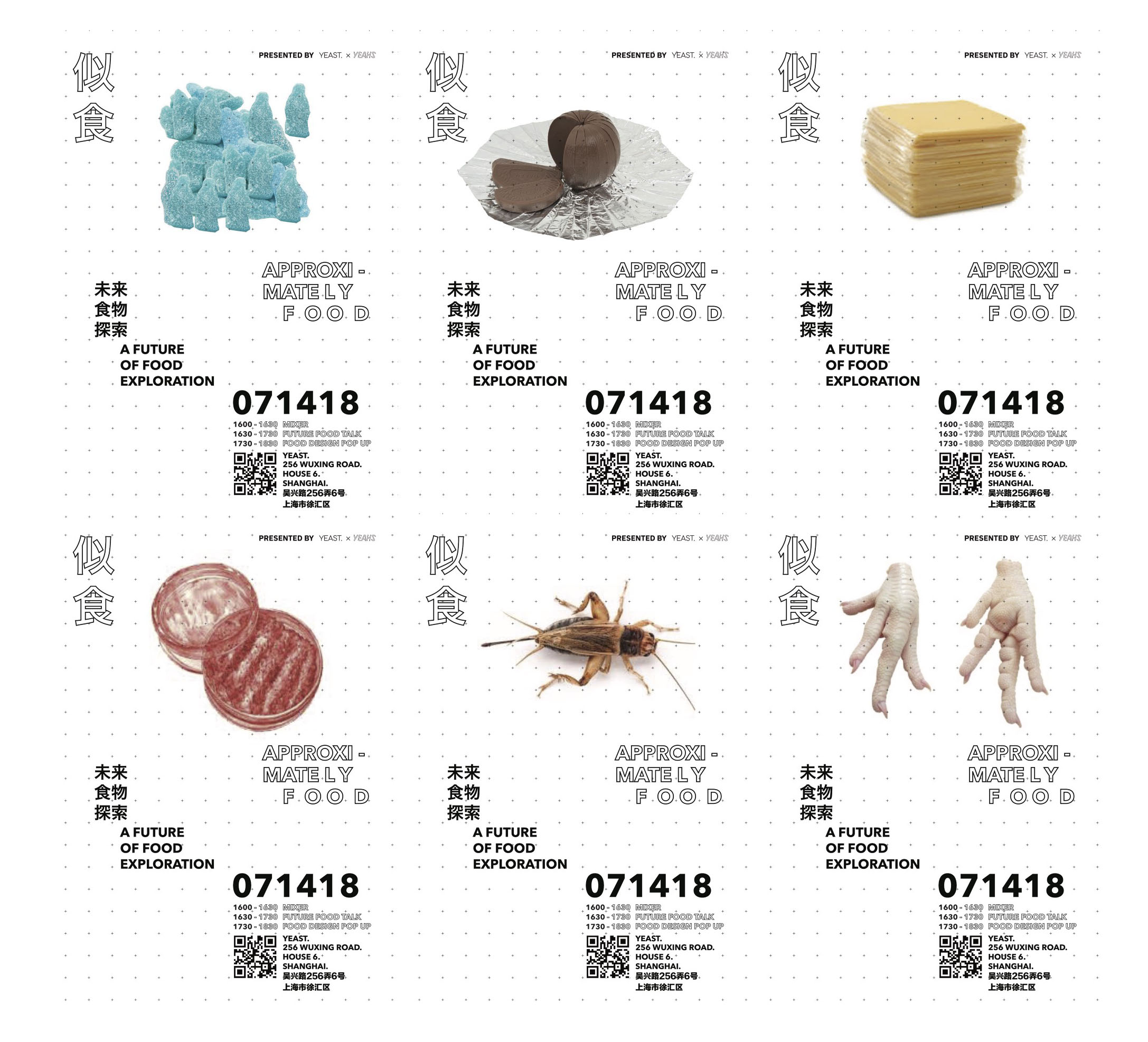
Approximately Food
In collaboration with Yasaman Sheri and Felix Lorsignol, we launched the project with an
exhibition hosted at YEAST.
We must rethink 'real' food.
There is a dichotomous debate in today’s vision for the future of food. On one side
there are advocates for organically-grown plants and free-range animal meats, while on
the other side there are proponents of industrial-processed and biotech-engineered
foods. In the debate, eaters are perplexed to decide what to eat as ‘real’ food.
Many companies today advocate in their marketing for their 'real', 'natural', and
'whole' foods, which to the uninformed would suggest then that all other foods are fake,
artificial, and processed.
Approximately Food is a venture with the mission to question the so-call 'real' food.
For what is considered 'real' is actually quite subjective and moreover in constant
evolution driven by technological advances, cultural differences, and the changing of
times.
All that we eat is approximately food.
All new foods are approximately their predecessors.
Technology enables new possibilities for food. With each breakthrough in technology -
irrigation, fermentation, industrial production, genetic engineering - there is an
expansionary creation of new possible foods. Some, though not all, will sustain, and
eventually become part of our food traditions.
Thousands of years ago, we domesticated the wild fowl and using breeding and farming
technologies we created the modern chicken. Today, we seek alternatives to animal-based
foods and, using the latest biotechnologies, we created the egg-free mayonnaise. These
are both approximate new versions of their respective predecessors.
Food cultures are different, but approximately the same.
Food cultures are borne out of necessity, expanded through creativity, and sustained for
cultural identity. They arise, evolve, converge, and diverge all across the world,
creating diverse foods that are different, but approximately the same.
Artisanal cheese and stinky tofu are great examples of foods that, while converging on
technique, diverge in their cultural roots. They both arose from the need to preserve
and expanded through a long history of craftsmanship. Moreover, they became embedded
food tradition and flavors that delight locals and disgust foreigners.
What is ‘real’ changes with time.
Change is the only constant in time, and so it is with food. Controversial new foods
have been introduced throughout history from newly discovered sources, foreign cultures
and new technologies. In time, foods considered taboo turn mainstream, and sometimes
turn back to taboo.
Japanese sushi and sashimi has in recent times become a popular food internationally,
particularly in Western countries. Insect foods such as crickets, are common in certain
countries but not in Western countries. Our guess is it is only a matter of time before
it becomes a mainstream 'real' food for everybody.
year/
2018
collaboration/
Federico Duarte
Simone Rebaudengo
Eric Sun
Yasaman Sheri
Felix Lorsignol
exhibition/
Approximately Food, YEAST., Shanghai, 2018
